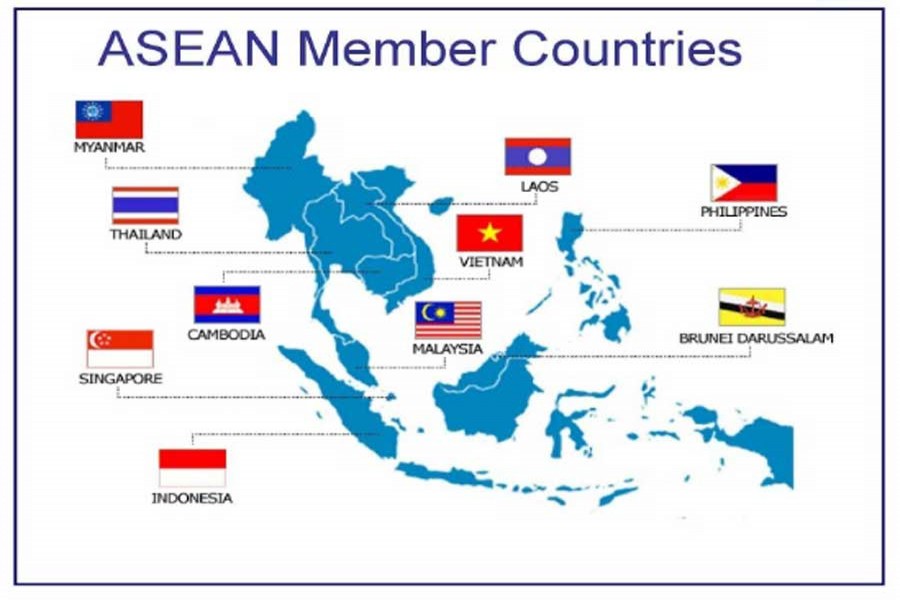At the 52nd Association of Southeast Asian Nations (ASEAN) Foreign Ministers' Meeting in Bangkok, Thailand, which concluded Saturday, ministers reaffirmed promoting implementation of the ASEAN Community Vision 2025 and strengthening cooperation with their dialogue partners. ASEAN members threw their weight behind multilateralism and free trade, promoted consultations and managed disputes, agreeing to further carry forward ASEAN economic integration.
Great strides forward have been made when it comes to the cooperation between China and ASEAN. The two sides have been jointly promoting the China-proposed Belt and Road Initiative (BRI) and shaping rules for the region. China has been the largest trading partner of ASEAN for 10 consecutive years, while the bloc surpassed the US to become China's second-largest trading partner in the first half of 2019.
China and ASEAN have generally reached consensus on their goals. Although the two sides may have divergences on specific issues, they both agree to build a peaceful and mutually beneficial relationship. This is the foundation of China-ASEAN cooperation. Without such consensus, the two sides cannot make progress. China-ASEAN cooperation has been promoted in a variety of fields. Their collaboration is not achieved at one stroke, but is gradually and steadily advancing. For example, China and ASEAN members have recently finished the first reading of the Single Draft Negotiating Text of the South China Sea Code of Conduct.
Optimism can be anticipated when it comes to negotiations between China and ASEAN over the South China Sea issue. The two sides have reached a strategic consensus to standardize the international order and bilateral relations in the waters.
But on the other hand, China and ASEAN also face challenges in developing their ties. The US has been interfering in the region. China and ASEAN also have some disputes on some key issues including the exploitation of petroleum resources. Besides, some countries want to strive for more interests before negotiations take place, hence their moves may impact the entire negotiation process. Generally, there are still uncertainties in the negotiations and both China and ASEAN need to treat them carefully.
US Secretary of State Mike Pompeo on Thursday criticized China's dam building on the Mekong River, warning that the structure may harm the downstream countries in Southeast Asia. "The river is at its lowest levels in a decade, a problem linked to China's decision to shut off water upstream," Pompeo said. The US has always been interfering in the South China Sea region, directly or indirectly. Direct interference includes carrying out the so-called freedom of navigation operations in the waters belonging to China. Indirect interference includes sending US coast guard vessels to the region, holding joint military exercises with other countries in the region and inciting them against China.
Such US interference has somewhat worsened these countries' relations with China, which will influence the overall situation in the South China Sea. China and ASEAN need to further overcome external disturbances.
Relations between China and ASEAN face two challenges in the future. The first challenge is whether they can further reach a strategic consensus on international order and regional condition. The world is undergoing profound changes unseen in a century, so are current international relations. ASEAN members have their own views and concerns on China-US relations, China-Russia ties and regional order. Whether ASEAN will choose sides between China and the US will be of great significance.
The second challenge is whether China and ASEAN can reach a consensus on specific issues over the South China Sea dispute and the BRI. The two sides should further develop more mechanisms to control and reduce divergences on these issues.


